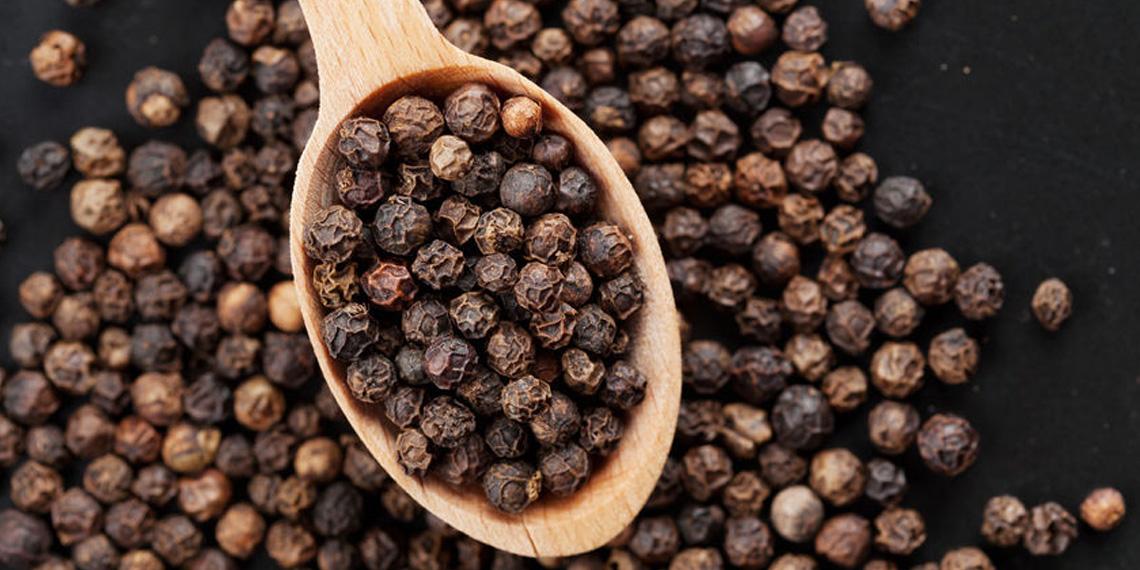Food research explains how to pick pepper and how pepper is picked

Reaching for the pepper shaker at meal time is almost a reflex for many people. While it is one of the most common and popular seasonings in the world reaching countless palates each day, its path to the grocery shelf is one that is exotic, unexpected and complex.
University of Guelph researcher Joe Barth, who is a faculty member within the School of Hospitality, Food and Tourism Management, is conducting research to expand our understanding of black pepper in an upcoming book. Last winter, he traveled to India with the goal of following the supply chain from harvest in February to the international auction where it is sold to buyers from all over the world.

“Black pepper is something that’s on every table and in every meal, but people know very little about it,” he said. “I started to read about it and found a huge wealth of knowledge that I think would be valuable to food enthusiasts who are interested in the provenance of food.”
Included in this wealth of knowledge are surprising facts about the plant. Black pepper is actually a fruit that can only be grown in areas with monsoon climates because it needs distinct wet and dry seasons. It is harvested at four different stages of development, so farmers get four kinds of pepper from one vine, and as the plant progresses through these stages, its aroma decreases while the pungency increases. Depending on its maturity at harvest, it is used for different purposes. The common black pepper is harvested at the second stage, just before the fruit starts to turn yellow.
“At this stage, the pepper has an optimal balance of aroma and pungency, that’s why it’s the most popular,” Barth said. “At the earliest stage the fruit is green and it is often freeze-dried or pickled in brine; at the third stage it is yellow and harvested to become white pepper; and at the final stage when the plant is red it is mostly used in India and incorporated into local dishes.”
Following harvest, the pepper is sold through a computerized auction process where agents and traders buy it on behalf of clients around the world. From there it is exported and distributed to wholesalers who package it either ground or whole for retail sale.
More than a seasoning
Over and above its traditional role as a seasoning, pepper has a vast number of alternative uses, including medicine, food preservation and perfume. Barth emphasizes its importance within India, not just as a local industry but as a contributor to the well-being of its people.
“Black pepper is a common medicinal ingredient in Indian medicine often used for treating breathing and digestive issues,” he said. “Recent research shows that it is a pharmacological enhancer – it improves the performance of a host of drugs. It also features anti-microbial properties for use in food preservation, and pepperine, the essential oil derived from black pepper, is used in perfume manufacturing for a warm, spicy, woodsy aroma.”
In his forthcoming book, Barth will include information on a wide range of topics, including pharmacological effects, history, agronomics, grading, purchasing and economics. In the meantime, he has outlined three tips on buying and storing black pepper:
- Look for large peppercorns. If there are a lot of light coloured peppercorns, it means the pepper may have been mishandled or is of a lower grade.
- Avoid ground black pepper. This is the lowest quality and the aroma will diminish quickly; however, the taste will stay the same.
- Store it in a cool, dry and dark place. Peppercorns can be stored for up to 10 years.



